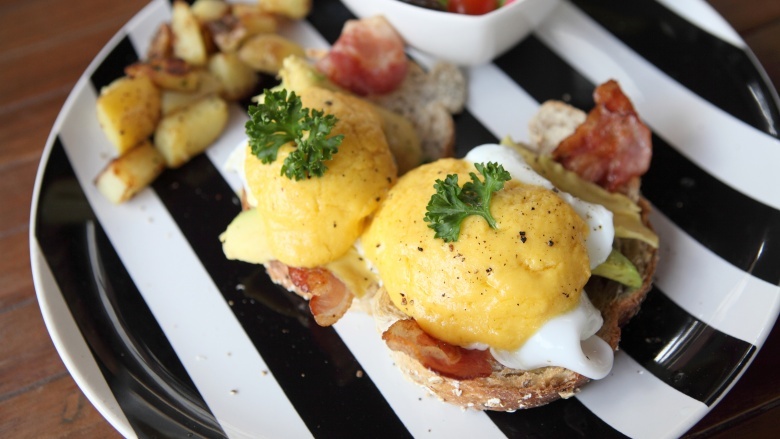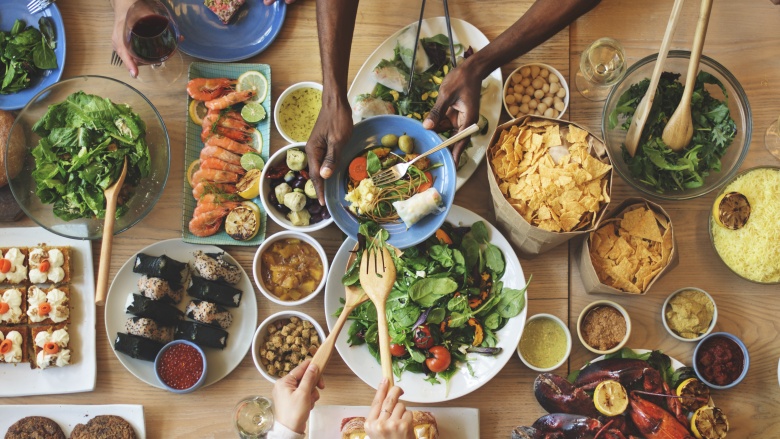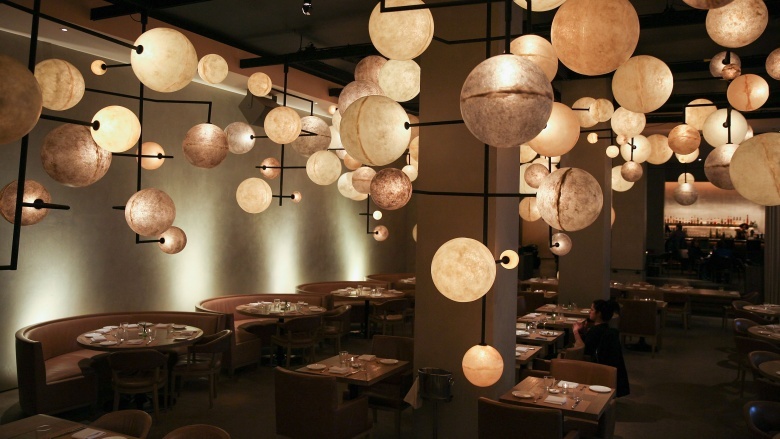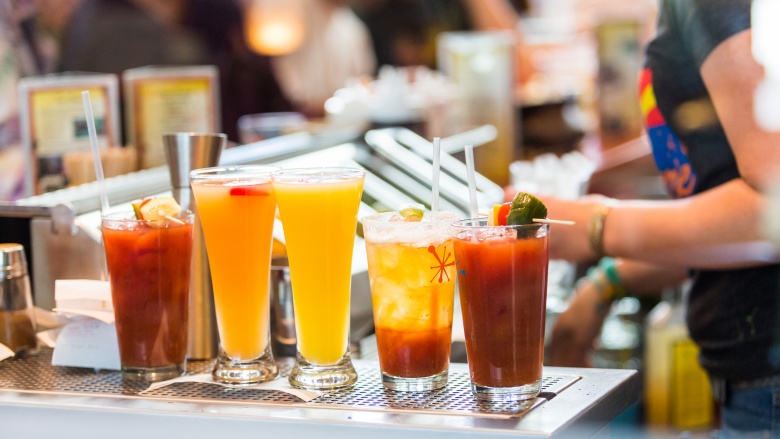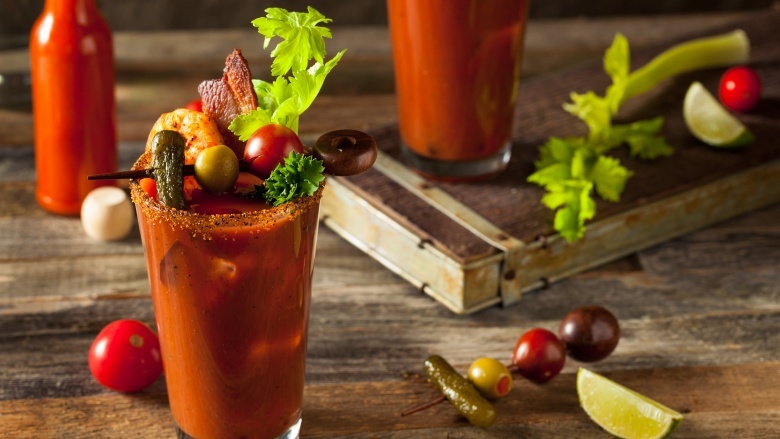The Brief History Of Brunch
Love it or hate it, the time-honored testament to day-drinking we call brunch has existed since the 1890s. However, it hasn't always been Belgian waffles and huevos rancheros on Mother's Day. Where did brunch originate? What's up with Bloody Marys? What's the ideal menu for a brunch at home? Let's explore the brief history of brunch.
Who first called it brunch?
The very word "brunch," a portmanteau of the words breakfast and lunch, was reportedly first used in print in 1895 by British writer Guy Beringer. Beringer, a writer for Hunter's Weekly, wrote an article entitled "Brunch: A Plea," which made the case for a Sunday meal that was lighter than the typically heavy, traditional Sunday supper. ”Brunch is cheerful, sociable and inciting,” Beringer implored. ”It is talk-compelling. It puts you in a good temper, it makes you satisfied with yourself and your fellow beings, it sweeps away the worries and cobwebs of the week.” The popular periodical Punch picked up his article in 1896, and the idea began to spread, reaching American shores by the 1920s.
What were the first brunches like?
Food historians aren't in complete agreement on what the exact spread would have looked like at an old-timey brunch. Many believe the first brunches to have been England's hunt breakfasts, which were a feast of meats hunted that day, along with eggs, stews, fruits and sweets. Others believe it was the Catholics who first enjoyed a late-morning brunch, a result of their early-morning pre-church fasting.
In the United States, brunch got its start in Chicago, the halfway point on transcontinental train journeys made by Hollywood celebrities and the wealthy elite. Passengers arrived seeking a sophisticated late-morning meal, and the local hotels — like the famed Pump Room at the Ambassador Hotel (now the Public) — were only too happy to oblige, as most restaurants remained closed on Sundays.
Has brunch always included alcohol?
Brunch in the 1920s was a meal for the upscale crowd, a crowd who could get away with day-drinking with gusto (not to mention blatant disregard of Prohibition). Cookbooks of the 1930s recommended a brunch hostess make alcohol available for her male guests, but avoid imbibing herself, suggesting recipes for "mocktails" like tomato and clam juice. It wasn't until the early 1950s that day-drinking's stigma diminished within the middle class, with post-World War II families now possibly including working women who were looking for a weekend respite from the work week.
The Bloody Mary cocktail, which may or may not have been named for Mary, Queen of Scots, was invented in France, but spiced up for American tastes at New York City's King Cole Bar. The Bloody Mary was a likely choice for a brunch drink, due to its "hair of the dog" status as a hangover remedy, and its similarity to the non-alcoholic tomato juice cocktails that were both widely served as appetizers in restaurants, and renowned as healthful elixirs.
Brunch today
The 1980s ushered in a brunch culture that most influenced the brunches we enjoy today. The age of conspicuous consumption saw the introduction of lavish brunch buffets, harkening back to its American origins as a meal for the wealthy upper class. Today, brunch may owe its prominence in pop culture to the ladies of Sex and City, making it no surprise that Food & Wine magazine named New York City the best brunch city in the United States. Eggs benedict, perhaps the most famous of brunch dishes, was invented in NYC, with the city's brunch menus also frequently featuring local favorites, like Nova lox and smoked sturgeon.
Brunch is also huge in Atlanta, highlighting southern influences with dishes like fried chicken benedict atop buttermilk biscuits. Las Vegas may make the biggest splash with brunch though, serving opulent, all-you-can-eat buffet feasts that frequently include luxury foods like jumbo crab legs, lobster, and oysters. Many brunches throughout the U.S. also often feature many diners' favorite feature...unlimited or "bottomless" mimosas and Bloody Mary cocktails. That being said, many popular "bottomless" brunches now impose a one or two-hour limit on the festivities before the bottom magically appears again.
Making brunch at home
Brunch is an ideal meal for the home chef to tackle. It's so popular, in fact, celebrity chef Bobby Flay even dedicated an entire television series to it. Hosts enjoy the flexibility of schedule and wide array of dishes to choose from, while guests will relish in the luxuriousness of skipping the long lines at the local brunch hot-spot. If you're new to making brunch for a crowd, keep it simple, with make-ahead favorites like a breakfast strata: a savory bread and egg pudding prepped the night before. Waffles, an all-time brunch favorite, can be made before guests arrive and kept warm and crisp in a 200-degree Fahrenheit oven. Serve it up alongside your favorite boozy brunch cocktail, like a bellini (a refreshing blend of sparkling wine and peach nectar.)
You may also consider a trendier take on the classic Bloody Mary cocktail, with a make-your-own Bloody Mary bar. Guests can go as tame or spicy as they like, and get creative with garnishes and edible swizzle sticks like bacon strips, pickle spears. or even skewered deviled eggs and bleu cheese stuffed olives.
